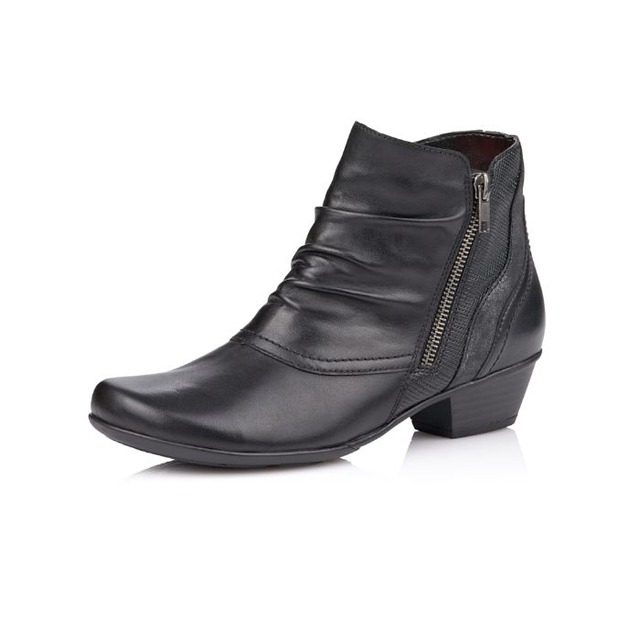
The Impact of Copyright Laws on IT and Informational Technology in Hardware
In today’s rapidly evolving technological landscape, the role of copyright laws within the realm of IT and informational technology hardware cannot be overstated. These regulations are designed to protect the intellectual property of creators and innovators, yet they also serve a larger purpose of encouraging creativity and advancement in the industry. As we dive deeper into the impact of copyright on IT, it becomes evident that these laws influence not just the creation of hardware, but also its development and distribution in the digital age.
Copyright laws safeguard software programs, design prototypes, and technical manuals, ultimately shaping the physical components that make up the hardware we use daily. For instance, a software developer creating a new operating system needs to understand the boundaries enforced by copyright. By deterring unauthorized reproductions, these laws guide developers toward more innovative and ethical practices. Without proper copyright protection, the risk of piracy and the potential diluting of original concepts could stifle creativity, leading to stagnation in the fast-paced IT sector.
Additionally, copyright intersects with the concept of open source, which has transformed the way hardware and software are perceived and utilized. Companies often grapple with the decision to keep their technologies proprietary or open for community collaboration. Striking the right balance is vital here, as revealing too much can lead to exploitation of intellectual property, while being overly protective can limit collaborative improvements. This dilemma highlights the complex nature of copyright in the IT sphere, where innovation should thrive alongside legal protection.
Moreover, as informational technology hardware continues to become more integrated with everyday life, copyright laws on digital data usage have become even more critical. The challenge lies in ensuring that while creating adaptable and innovative solutions, the rights of all involved parties—designers, engineers, and users—are respected. This concern has become particularly significant with the rise of the Internet of Things (IoT), where numerous devices interconnect and share information regularly. Each piece of data associated with these devices carries potential copyright implications, thus raising questions regarding ownership and usage.
Furthermore, the implications of copyright extend internationally, often varying by region, which can create challenges for IT companies operating on a global scale. For instance, hardware with proprietary designs developed in one country may not receive the same degree of protection in another. This inconsistency can lead to legal disputes, impacting both production timelines and company revenues. It’s crucial for IT businesses to navigate these complex waters carefully, employing legal expertise to ensure their innovations are thoroughly protected while understanding the parameters of copyright globally.
As we look ahead, the role of copyright in IT and hardware development will surely evolve alongside advancements in technology. The trend towards greater collaboration and sharing of ideas, aided by digital platforms, raises new questions about how best to protect intellectual property while fostering innovation. Striking a balance that allows for both protection and progress will be essential as we embrace the next generation of technological advancements. Understanding and navigating copyright laws will remain a cornerstone of building a resilient and innovative IT landscape.



